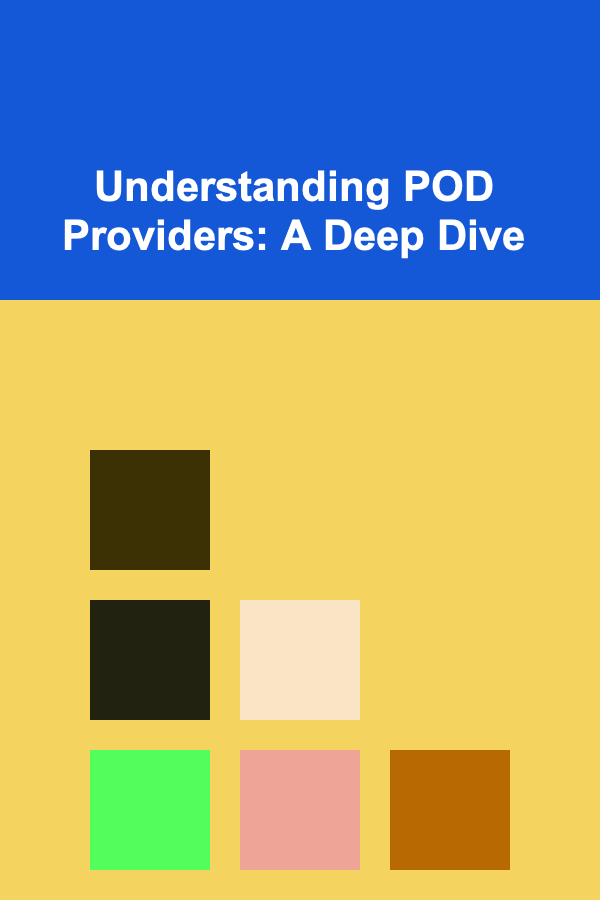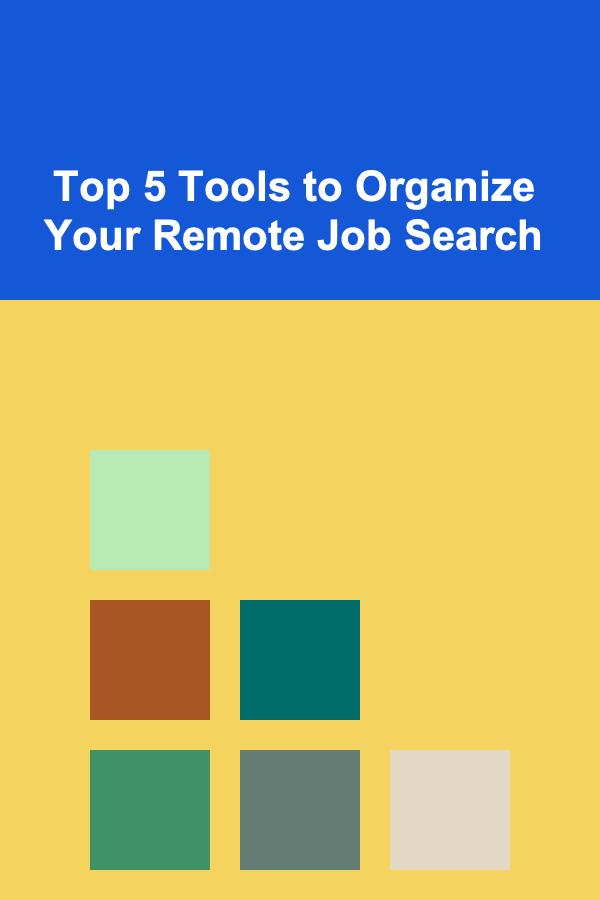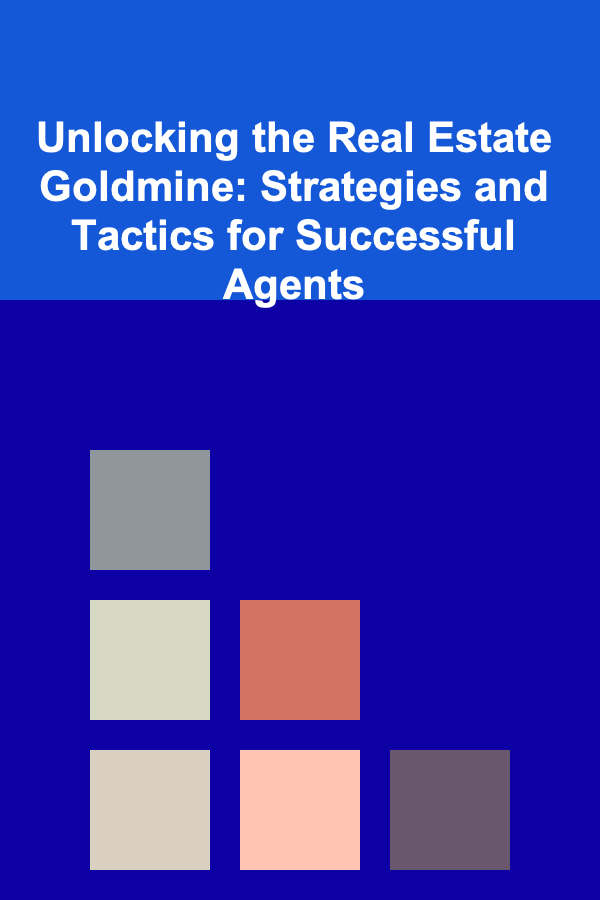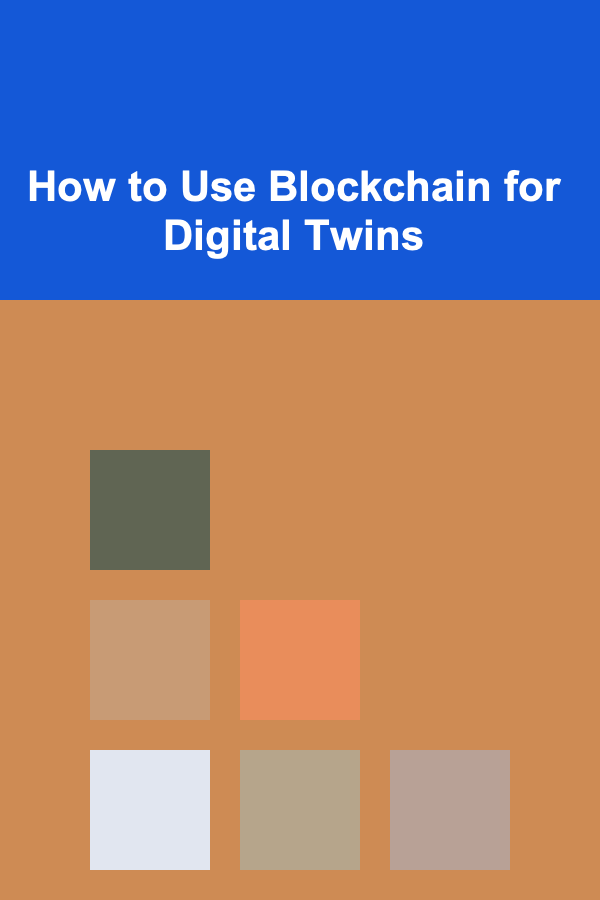
Understanding POD Providers: A Deep Dive
ebook include PDF & Audio bundle (Micro Guide)
$12.99$9.99
Limited Time Offer! Order within the next:

Print-on-demand (POD) services have revolutionized the world of entrepreneurship and content creation. They offer a low-risk entry point for individuals and businesses to sell custom-designed products without the burden of inventory management, printing equipment, or shipping logistics. However, with a plethora of POD providers available, selecting the right one can be a daunting task. This article delves deep into the pros and cons of different POD providers, equipping you with the knowledge to make an informed decision that aligns with your specific needs and goals.
What is Print-on-Demand (POD)?
Before diving into the specifics of different providers, it's crucial to understand the core concept of print-on-demand. POD is a business model where products are only printed when an order is placed. This eliminates the need for upfront investment in bulk inventory, reducing financial risk and allowing for a wider range of product options. When a customer purchases a product featuring your design, the POD provider handles the printing, packaging, and shipping, leaving you to focus on design, marketing, and customer service.
This model offers several key advantages:
- Low Startup Costs: Minimal investment is required, as you don't need to purchase equipment or maintain an inventory.
- Wide Product Range: POD services typically offer a variety of products, from apparel and accessories to home decor and stationery.
- Flexibility and Scalability: You can easily add or remove products, adjust designs, and scale your business as demand grows.
- Reduced Risk: You only pay for products that are actually sold, minimizing the risk of unsold inventory.
- Focus on Creativity and Marketing: POD allows you to concentrate on what you do best -- designing compelling products and marketing them effectively.
Key Factors to Consider When Choosing a POD Provider
Selecting the right POD provider is a critical decision that can significantly impact your business success. Here are some key factors to consider during your evaluation process:
1. Product Quality and Selection
The quality of the products offered by a POD provider directly impacts your brand reputation and customer satisfaction. Consider the following aspects:
- Product Materials: What materials are used for the products (e.g., cotton, polyester, canvas)? Are they durable, comfortable, and ethically sourced? Request samples to assess the quality firsthand.
- Printing Techniques: Different printing techniques (e.g., direct-to-garment (DTG), sublimation, screen printing) offer varying levels of vibrancy, detail, and durability. Understand which techniques the provider uses and how they affect the final product.
- Product Variety: Does the provider offer a wide range of products that align with your target audience and brand aesthetic? Consider the availability of different sizes, colors, and styles.
- Product Availability: Ensure that the products you intend to sell are consistently available and not prone to frequent stockouts.
2. Pricing and Profit Margins
Pricing is a crucial factor that determines your profitability. Carefully analyze the provider's pricing structure, including:
- Base Costs: Understand the base cost of each product, which includes the cost of the product itself and the printing fee. Compare base costs across different providers.
- Shipping Costs: Shipping costs can significantly impact your profit margins, especially for international orders. Evaluate the provider's shipping rates and options.
- Discounts and Promotions: Does the provider offer discounts for bulk orders or recurring sales? Are there any promotional opportunities available?
- Profit Margin Calculation: Calculate your potential profit margin for each product by subtracting the base cost and shipping costs from your selling price. Ensure that your profit margins are sufficient to cover your marketing expenses and generate a reasonable income.
3. Printing and Production Quality
The quality of the print is paramount to a successful POD venture. Poor printing reflects badly on your brand. Consider the following:
- Print Resolution and Accuracy: How well does the printed product represent your original design? Look for providers with high-resolution printing capabilities.
- Color Accuracy: Do the printed colors match the colors in your design files? Color calibration and accurate color reproduction are essential.
- Durability and Washability: How well does the print hold up after multiple washes? Ensure that the printing technique is durable and resistant to fading or cracking. Specifically ask about this for apparel.
- Print Placement and Alignment: Is the print accurately placed and aligned on the product? Consistent and accurate print placement is crucial for a professional appearance.
4. Shipping and Fulfillment
Efficient shipping and fulfillment are essential for customer satisfaction. Consider the following:
- Shipping Speed: How quickly does the provider process and ship orders? Shorter shipping times lead to happier customers.
- Shipping Options: Does the provider offer a variety of shipping options, including standard, expedited, and international shipping?
- Tracking and Notifications: Does the provider provide tracking information and shipping notifications to customers?
- Shipping Costs: As mentioned earlier, shipping costs can significantly impact your profit margins. Evaluate the provider's shipping rates and options.
- International Shipping: If you plan to sell internationally, ensure that the provider offers international shipping options and has experience handling customs and duties.
- Fulfillment Locations: Where are the provider's fulfillment centers located? Proximity to your target market can reduce shipping times and costs.
5. Integration and Platform Compatibility
Seamless integration with your e-commerce platform is essential for streamlining your order processing. Consider the following:
- Platform Integrations: Does the provider offer integrations with popular e-commerce platforms like Shopify, Etsy, WooCommerce, and Amazon?
- API Access: Does the provider offer API access for custom integrations and automation?
- Ease of Use: Is the integration process straightforward and user-friendly?
- Order Synchronization: Does the integration automatically synchronize orders and tracking information between your e-commerce platform and the POD provider?
6. Customer Support
Responsive and helpful customer support is crucial for resolving issues and ensuring a smooth experience. Consider the following:
- Availability: What are the provider's customer support hours? Is support available via email, phone, or chat?
- Responsiveness: How quickly does the provider respond to inquiries?
- Knowledge and Helpfulness: Are the customer support representatives knowledgeable and helpful?
- Self-Service Resources: Does the provider offer a comprehensive knowledge base, FAQs, or tutorials?
- Escalation Procedures: What are the procedures for escalating complex issues?
7. Branding and Customization Options
The ability to customize packaging and branding elements can enhance your brand identity and create a more professional customer experience. Consider the following:
- Custom Packaging: Does the provider offer custom packaging options, such as branded boxes, labels, or inserts?
- Branded Packing Slips: Can you customize the packing slips with your logo and branding?
- White Label Shipping: Does the provider offer white label shipping, where the packages are shipped without the provider's branding?
- Custom Return Addresses: Can you use your own return address on packages?
8. Return Policies
A clear and fair return policy is essential for building trust with your customers. Understand the provider's return policies and how they will handle returns and exchanges. Consider the following:
- Return Window: What is the return window for damaged or defective products?
- Return Process: What is the process for initiating a return?
- Responsibility for Returns: Who is responsible for covering the cost of return shipping?
- Defective Products: What is the provider's policy for handling defective products?
9. Ethical Considerations
In today's market, ethical considerations are becoming increasingly important to consumers. Consider the following:
- Ethical Sourcing: Are the provider's products ethically sourced and manufactured?
- Environmental Sustainability: Does the provider use sustainable printing practices and materials?
- Fair Labor Practices: Does the provider ensure fair labor practices in its factories and supply chains?
Pros and Cons of Popular POD Providers: A Comparison
Here's a comparison of some popular POD providers, outlining their key pros and cons. This is not exhaustive, and offerings and pricing may change, so always do your own due diligence.
1. Printful
Pros:
- Wide Product Selection: Extensive catalog of apparel, accessories, and home goods.
- High-Quality Printing: Known for its high-quality DTG and sublimation printing.
- Warehousing and Fulfillment Services: Offers warehousing and fulfillment services for non-POD products.
- Mockup Generator: Easy-to-use mockup generator for creating product visuals.
- Excellent Integrations: Seamless integrations with popular e-commerce platforms.
- Branding Options: Offers a variety of branding options, including custom packaging and branded packing slips.
- Strong Customer Support: Generally considered to have responsive and helpful customer support.
Cons:
- Higher Base Costs: Typically has higher base costs compared to some other providers.
- Complex Pricing: The pricing structure can be complex, with various fees and options to consider.
- Shipping Costs: Shipping costs can be relatively high, especially for international orders.
2. Printify
Pros:
- Extensive Network of Print Providers: Partners with a wide network of print providers across the globe.
- Lower Base Costs: Generally offers lower base costs compared to Printful.
- Wide Product Selection: Access to a diverse range of products through its network of providers.
- Easy Integration: Integrates with popular e-commerce platforms.
Cons:
- Inconsistent Print Quality: Print quality can vary depending on the specific print provider chosen.
- Longer Shipping Times: Shipping times can be longer and less predictable due to the distributed network of providers.
- Less Branding Options: Fewer branding options compared to Printful.
- Customer Support: Customer support can be less responsive and helpful compared to Printful.
3. Gelato
Pros:
- Global Network: Distributed global network of print partners for faster local delivery.
- Sustainable Practices: Focus on sustainable printing practices and materials.
- API for Custom Integrations: Robust API for custom integrations and automation.
- Good Product Variety: Decent product selection that is constantly expanding.
Cons:
- Pricing: Pricing can be on the higher end, depending on the product and location.
- Variable Print Quality: Print quality can vary between different print partners.
- Integration Challenges: While the API is robust, integration can be complex for non-technical users.
4. Gooten
Pros:
- Diverse Product Catalog: Wide range of products, including apparel, home decor, and pet supplies.
- Competitive Pricing: Offers competitive pricing on many products.
- Automated Order Processing: Streamlined order processing and fulfillment.
Cons:
- Inconsistent Quality Control: Some users report inconsistent quality control issues.
- Customer Support: Customer support can be slow to respond.
- Shipping Issues: Can experience issues with shipping and fulfillment.
5. Redbubble
Pros:
- Built-in Marketplace: Offers a built-in marketplace for selling your designs.
- Easy to Use: Simple and user-friendly platform.
- Wide Audience: Access to a large and diverse audience of potential customers.
- No Upfront Costs: No upfront costs to join and start selling.
Cons:
- Lower Profit Margins: Lower profit margins compared to selling through your own e-commerce store.
- Limited Control: Less control over branding and customer experience.
- Competition: High competition from other designers and artists.
- Quality Control Concerns: Similar to other marketplaces, quality control can be inconsistent.
Making the Right Choice: A Step-by-Step Guide
Choosing the right POD provider requires careful consideration and a systematic approach. Here's a step-by-step guide to help you make the right choice:
- Define Your Niche and Target Audience: Clearly define your niche and target audience. This will help you determine the types of products you need to offer and the quality standards you need to meet.
- Identify Your Product Needs: List the specific products you want to sell and the features that are important to you (e.g., specific materials, printing techniques, sizes, colors).
- Research and Compare Providers: Research different POD providers and compare their offerings based on the factors discussed above (product quality, pricing, shipping, integration, customer support, etc.).
- Order Samples: Order samples from several providers to assess the quality of their products and printing.
- Test Integrations: Test the integrations with your e-commerce platform to ensure that the order processing is smooth and efficient.
- Evaluate Customer Support: Contact customer support with questions or issues to assess their responsiveness and helpfulness.
- Calculate Profit Margins: Calculate your potential profit margins for each product based on the provider's pricing and shipping costs.
- Read Reviews and Testimonials: Read reviews and testimonials from other users to get a sense of their experiences with the provider. Pay attention to recurring themes and potential red flags.
- Start Small: Start with a small selection of products and gradually expand your offerings as you gain experience and confidence.
- Monitor Performance: Continuously monitor the performance of your chosen provider and make adjustments as needed.
Beyond the Basics: Advanced Considerations
Once you've covered the fundamentals, consider these advanced aspects to further optimize your POD strategy:
- Supply Chain Security: Understand the provider's supply chain security measures to protect against counterfeiting and intellectual property theft.
- Data Security and Privacy: Ensure that the provider has robust data security and privacy policies to protect your customers' information.
- Legal Compliance: Verify that the provider complies with all applicable laws and regulations, including consumer protection laws and tax regulations.
- Long-Term Strategy: Develop a long-term strategy for your POD business, including plans for growth, scaling, and diversification.
Conclusion
Choosing the right print-on-demand provider is a crucial step towards building a successful online business. By carefully considering the factors outlined in this article and conducting thorough research, you can make an informed decision that aligns with your specific needs and goals. Remember that there is no one-size-fits-all solution, and the best provider for you will depend on your unique circumstances. Take the time to evaluate your options, test different providers, and continuously monitor performance to ensure that you are maximizing your profit potential and delivering a positive customer experience.

How to Declutter and Clean Your Home in One Weekend
Read More
How to Modernize Your Home's Curb Appeal with Simple Upgrades
Read More
Top 5 Tools to Organize Your Remote Job Search
Read More
Unlocking the Real Estate Goldmine: Strategies and Tactics for Successful Agents
Read More
How to Use Blockchain for Digital Twins
Read More
How to Create a Comprehensive Softball Scouting Report
Read MoreOther Products

How to Declutter and Clean Your Home in One Weekend
Read More
How to Modernize Your Home's Curb Appeal with Simple Upgrades
Read More
Top 5 Tools to Organize Your Remote Job Search
Read More
Unlocking the Real Estate Goldmine: Strategies and Tactics for Successful Agents
Read More
How to Use Blockchain for Digital Twins
Read More